New South Wales (NSW) has upped its renewable energy ambitions, announcing new targets of 16 GW of new generation by 2030, significantly above the existing 12 GW minimum objective, and 42 GWh of new long-duration storage infrastructure by 2034, exceeding the existing 28 GWh goal.
ASL, in its role as NSW Consumer Trustee, has published two new reports outlining the updated renewable energy targets and an accelerated timetable of capacity auctions as it seeks to bring more renewable energy online to account for the impending closure of the state’s ageing coal-fired power plants.
Nevenka Codevelle, Chief Executive Officer of ASL, formerly AEMO Services, said the new targets are ambitious, and will require a “step change” in how proponents and the broader industry accelerate development, as well as the way ASL uses its tenders for Long-Term Energy Service Agreements (LTESAs) to incentivise fast-tracking of projects.
“We are calling for 16 GW of new generation by 2030 and more beyond that to 2040,” she said. “This is a stretch target that will require a step change in how quickly and efficiently projects progress through the pipeline.”
ASL said NSW is on track to complete the transition, with more than 50 GW of proposed generation plants in the pipeline, including 12.5 GW of projects that have already secured development approval.
While it found there is sufficient capacity in development to meet the minimum targets, ASL warned that current lead times for projects won’t be fast enough to meet the 16 GW ambition unless “roadblocks” are addressed. These include delays in the delivery of transmission and other infrastructure such as roads and ports, supply chain concerns, local approvals and social licensing issues.
“To achieve 16 GW of renewable generation in NSW by 2030 will require projects to progress through the development pipeline approvals, financing and construction processes much faster than has been achieved in the past,” Codevelle said.
“We know interest in the project pipeline and investment exists, but the pace of development needs to increase.”
ASL said the federal Capacity Investment Scheme will underwrite much of the early generation capacity for NSW, but once its allocation of 7.1 GW is awarded, state-based LTESA tenders will resume.
Four generation tenders, each seeking 7,000 GWh per annum, are to be held throughout 2026 and 2027. These will be followed by annual tenders from 2028 to 2035 seeking 4,600 GWh per annum.
Tenders for long-duration storage infrastructure will build on previous tenders, which ASL said have contracted 40% of the required capacity under the 2030 minimum objective, and 66% of the required capacity under the 2034 minimum objective.
NSW recently announced a tender for 500 MW of “firming capacity” targeting the major load areas around Sydney, Newcastle and Wollongong. ASL said this tender will open in the December quarter this year.
ASL plans to hold additional tenders for long-duration storage capacity in 2026 and 2027.
ASL says storage tenders will be open to projects still in their pre-development phases, as long as they have had a response to a connection enquiry and obtained a Secretary’s Environmental Assessment Requirements (SEARs).
This content is protected by copyright and may not be reused. If you want to cooperate with us and would like to reuse some of our content, please contact: editors@pv-magazine.com.
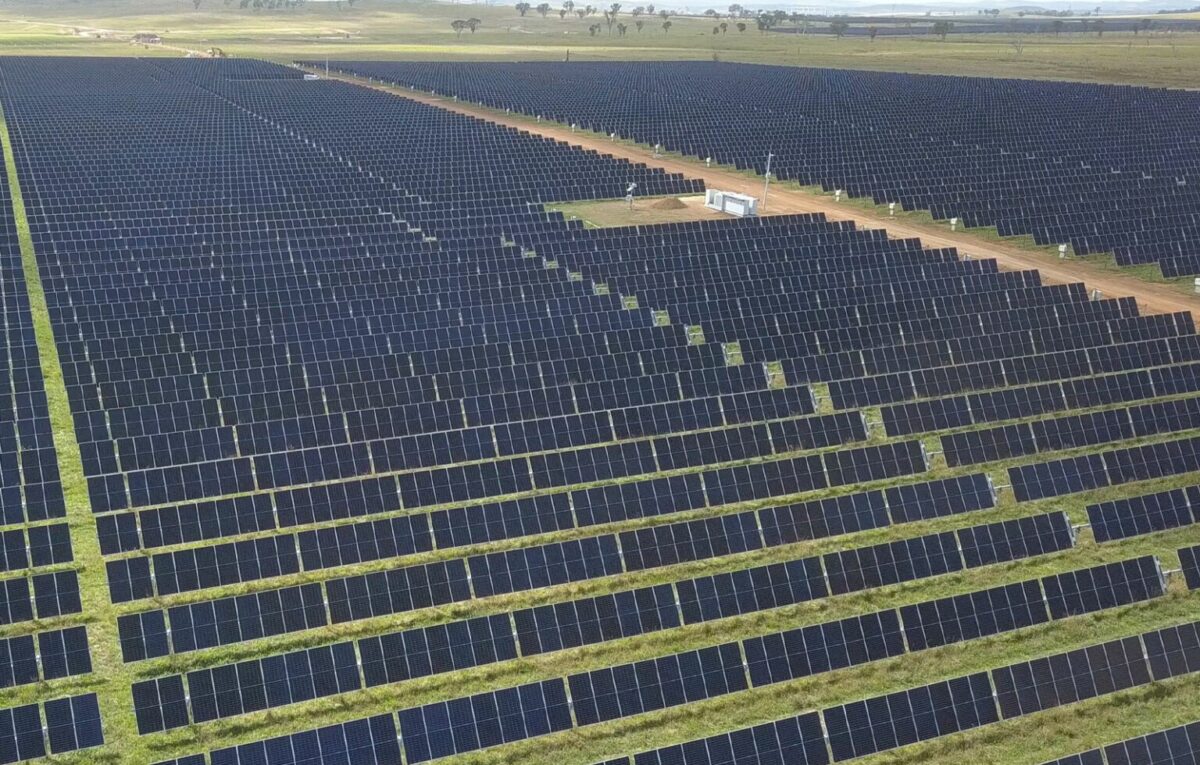
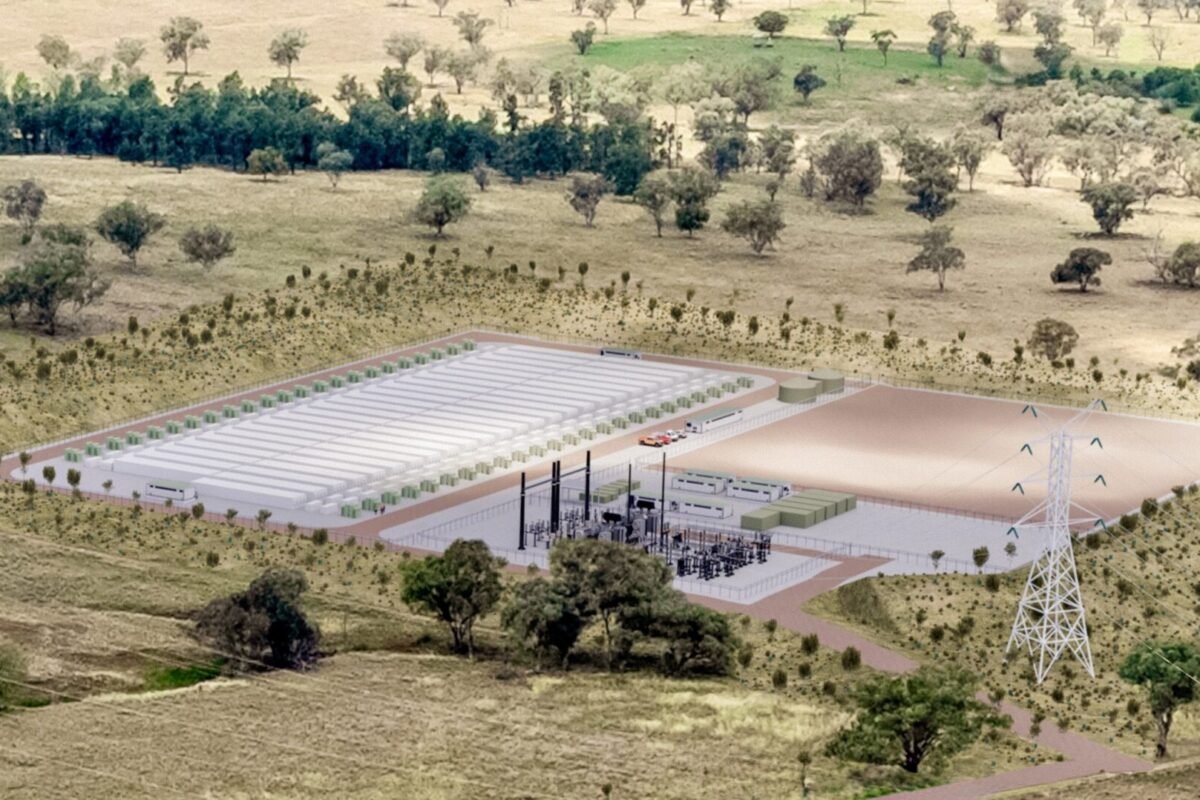
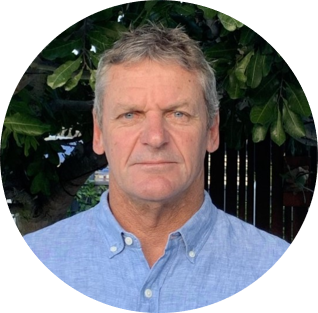

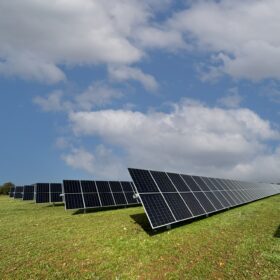
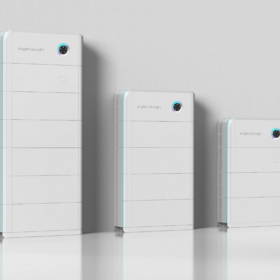
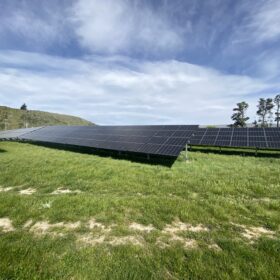
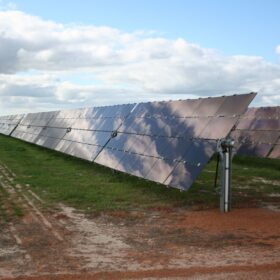

By submitting this form you agree to pv magazine using your data for the purposes of publishing your comment.
Your personal data will only be disclosed or otherwise transmitted to third parties for the purposes of spam filtering or if this is necessary for technical maintenance of the website. Any other transfer to third parties will not take place unless this is justified on the basis of applicable data protection regulations or if pv magazine is legally obliged to do so.
You may revoke this consent at any time with effect for the future, in which case your personal data will be deleted immediately. Otherwise, your data will be deleted if pv magazine has processed your request or the purpose of data storage is fulfilled.
Further information on data privacy can be found in our Data Protection Policy.